
Best Things To Cook In An Air Fryer
From chicken wings and bacon to doughnuts and falafel, here we share the best things to cook in an air fryer
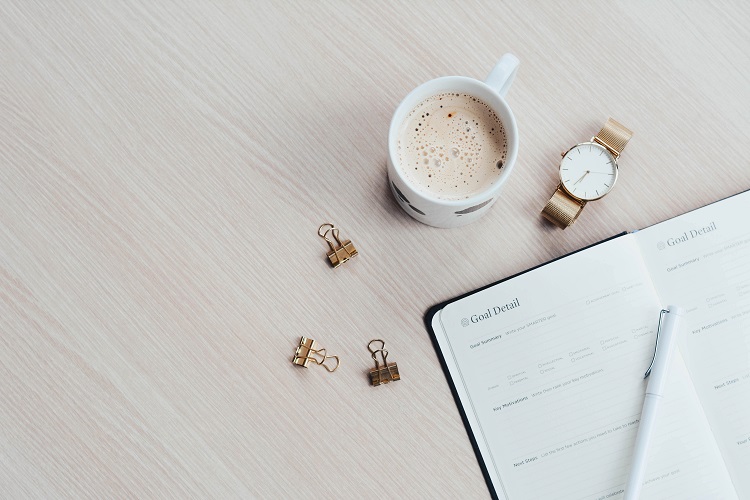
How To Create A Weekly Routine To Stay Organised
Sharing the importance of daily habits, here is how to create a weekly routine to stay organised
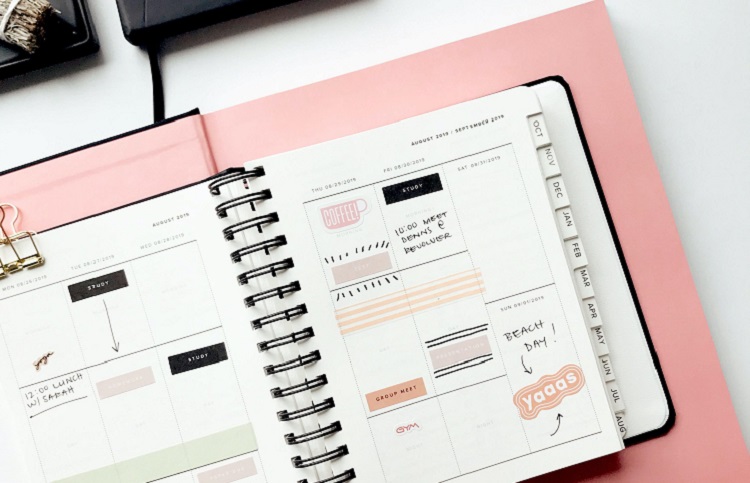
How To Create A Monthly Organisation Calendar
Simplify your housekeeping by focusing on one area or completing one big task per month. We share how to create a monthly organisation calendar
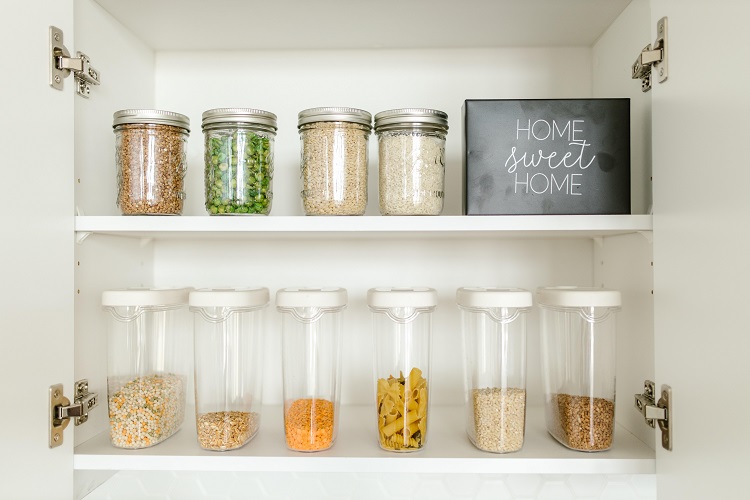
9 Easy Organisation Rules To Stick To
Keep similar items together, have a place for everything and only having one junk drawer are just some of the easy organisation rules to stick to
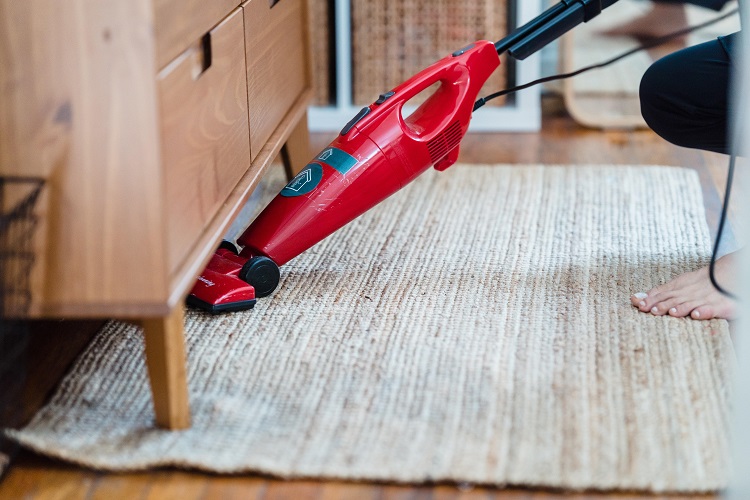
The Dirtiest Places In Your Bedroom You Might Forget To Clean
From walls and doors to handles, switches and remotes, Time For You Domestic Cleaning share some of the dirtiest places in your bedroom you might forget to clean

How To Keep Your Walls Clean In Your Home
It is likely that your walls are often forgotten when it comes to cleaning your home. Luckily it does not take much to get your walls looking like new. Time for You share how to keep your walls clean in your home

How To Ensure Your Home Remains Dust Free
Are you fed up of dusting your house from top to bottom, just to find that dust has settled again not long after? Time for You share how to ensure your home remains dust free

How To Save Money On Christmas Gifts
Secret Santas to cutting costs on wrapping, here is how to save money on Christmas gifts

How To Celebrate Halloween At Home
From having a scary film marathon to pumpkin carving, spooky decorations and more, we share how to celebrate Halloween at home

School Packed Lunch Ideas
From sandwiches to wraps, salads and more, Time For You share some easy and healthy school packed lunch ideas

How To Get Ready For Back To School?
Domestic Cleaners Time for You share their top tips on how to get ready for back to school
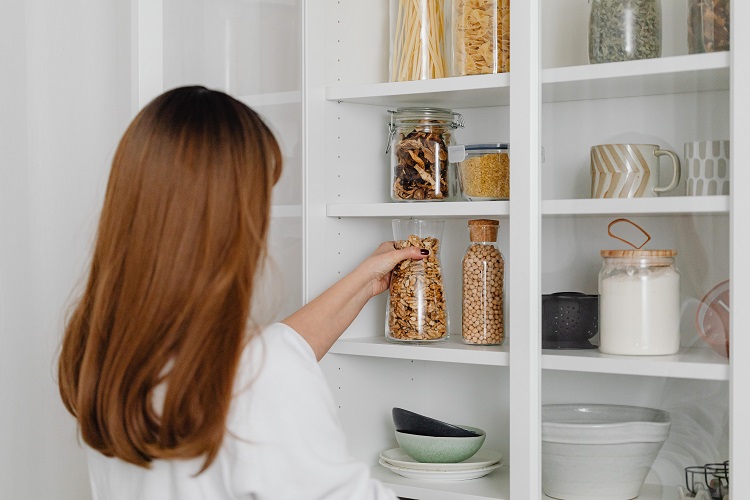
How To Organise Your Pantry Whilst Cutting Down On Plastics
From switching to reusable wraps to labelling containers, Time for You share how to organise your pantry whilst cutting down on plastics